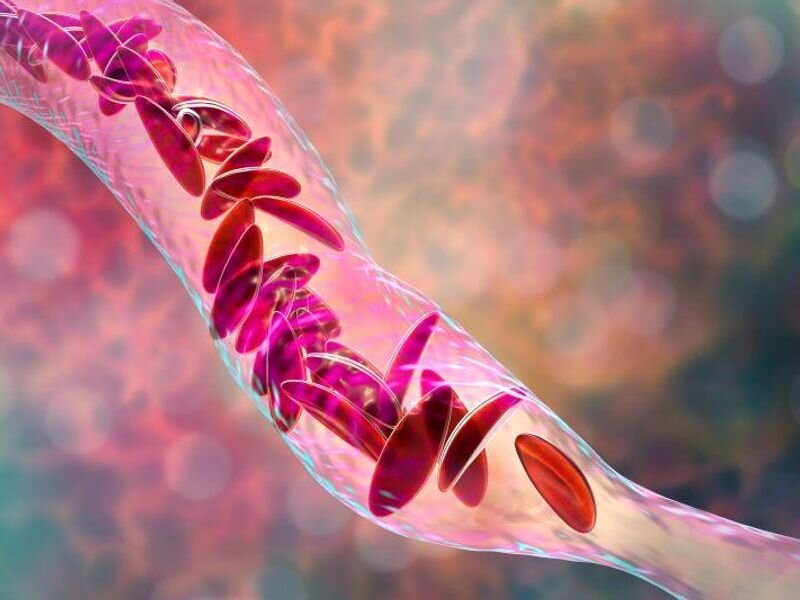
Few youths with sickle cell anemia (SCA) receive hydroxyurea despite national guidelines recommending its use, according to a study published online March 24 in JAMA Network Open.
Sarah L. Reeves, Ph.D., from University of Michigan in Ann Arbor, and colleagues assessed changes in hydroxyurea use among youths with SCA before and after release of the 2014 U.S. National Heart, Lung, and Blood Institute guidelines. Analysis included administrative data for 4,302 youths aged 1 to 17 years with SCA enrolled in the Michigan and New York State Medicaid programs (2010 to 2018).
The researchers found that the mean annual days’ supply of hydroxyurea was 47.2 days per patient in Michigan and 97.4 days per patient in New York. There was an increase seen in Michigan in the odds of having nonzero days’ supply after the guidelines were released (odds ratio, 1.52), but no change in the mean days’ supply of filled hydroxyurea in New York.
“These findings suggest that hydroxyurea was substantially underused among youths with SCA, despite establishment as the primary disease-modifying therapy for SCA, and that there was incomplete clinician or patient uptake of newly released guidelines,” the authors write. “Results suggest that expanding use of hydroxyurea may require a multifaceted approach that includes addressing multiple system- and patient-level barriers.”
More information:
Sarah L. Reeves et al, Changes in Hydroxyurea Use Among Youths Enrolled in Medicaid With Sickle Cell Anemia After 2014 Revision of Clinical Guidelines, JAMA Network Open (2023). DOI: 10.1001/jamanetworkopen.2023.4584
Journal information:
JAMA Network Open
Source: Read Full Article






